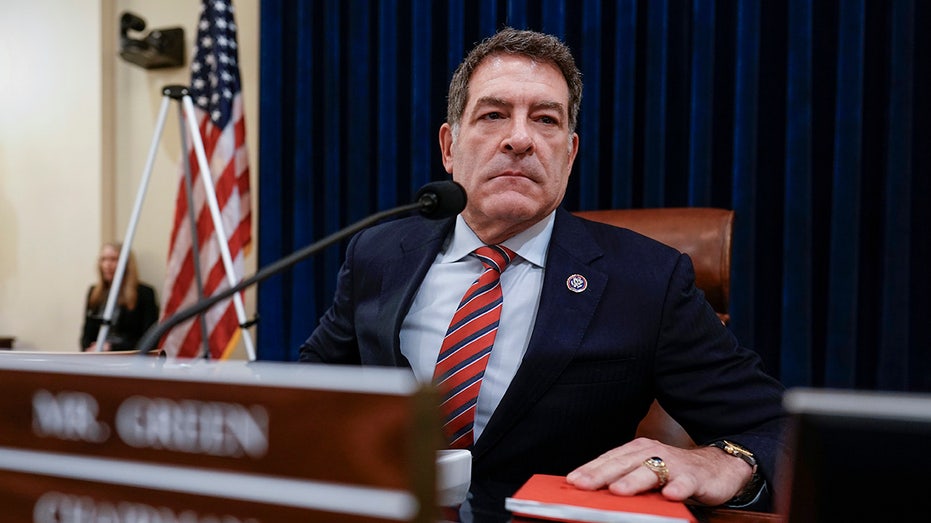Trump Doubles Tariffs on Steel and Aluminum Imports to Boost U.S. Industry
President Trump announces plans to double tariffs on foreign steel and aluminum imports to 50 percent, escalating trade tensions.

U.S. President Donald Trump announced on Friday a significant escalation in his administration's trade policy, declaring plans to double tariffs on foreign imports of steel and aluminum from 25 percent to 50 percent. The announcement, made during a rally near Pittsburgh, Pennsylvania, signals a renewed effort to protect American metal industries amid ongoing global trade tensions.
"We are going to be imposing a 25 percent increase. We're going to bring it from 25 percent to 50 percent – the tariffs on steel into the United States of America, which will further secure the steel industry in the United States," Trump told supporters. The change represents a substantial increase, intensifying the pressure on international steel producers and marking a new phase in the ongoing trade war with several key U.S. trading partners.
The timing of the announcement coincided with Trump's emphasis on domestic job protection, exemplified by his praise of a $14.9 billion agreement between Nippon Steel and U.S. Steel. Trump characterized both the tariff hike and the deal as essential steps toward safeguarding employment for American steelworkers, a recurring theme in his administration’s economic messaging. He further stated that the higher tariff rates would also apply to aluminum products, with enforcement slated to begin on June 4.
"Our steel and aluminum industries are coming back like never before," Trump said later on social media, projecting optimism about the impact of his policies on American manufacturing and labor. He stopped short of detailing how these increased tariffs might affect consumer prices or U.S. relations with major trading partners, but emphasized the administration’s commitment to domestic industrial growth.
Trump also accused China of violating a previous trade agreement regarding tariff reductions and restrictions on critical minerals, though he did not specify the nature of the alleged violations or potential retaliatory measures. The latest tariff move follows a pattern set early in Trump’s term, when he first imposed 25 percent tariffs on steel and aluminum imports under Section 232 national security authority. Those initial measures targeted not only raw metals but also a wide array of derivative products—ranging from stainless steel sinks and gas ranges to aluminum frying pans and steel door hinges.
In 2024, the total import value for the 289 product categories affected by the tariffs reached $147.3 billion, with aluminum comprising nearly two-thirds of the imports and steel making up the remaining third. As the largest steel importer worldwide outside the European Union, the United States brought in 26.2 million tonnes of steel this year alone. Industry analysts warn that the tariff hike is likely to drive up steel prices broadly, affecting both manufacturers and consumers who rely on metal products.
The administration’s decision to implement newly heightened tariffs underscores an ongoing strategy to bolster American manufacturing but risks further straining trade relationships with major steel and aluminum exporting countries. How international markets and U.S. industries respond to the latest measures will be closely watched in the coming months.




